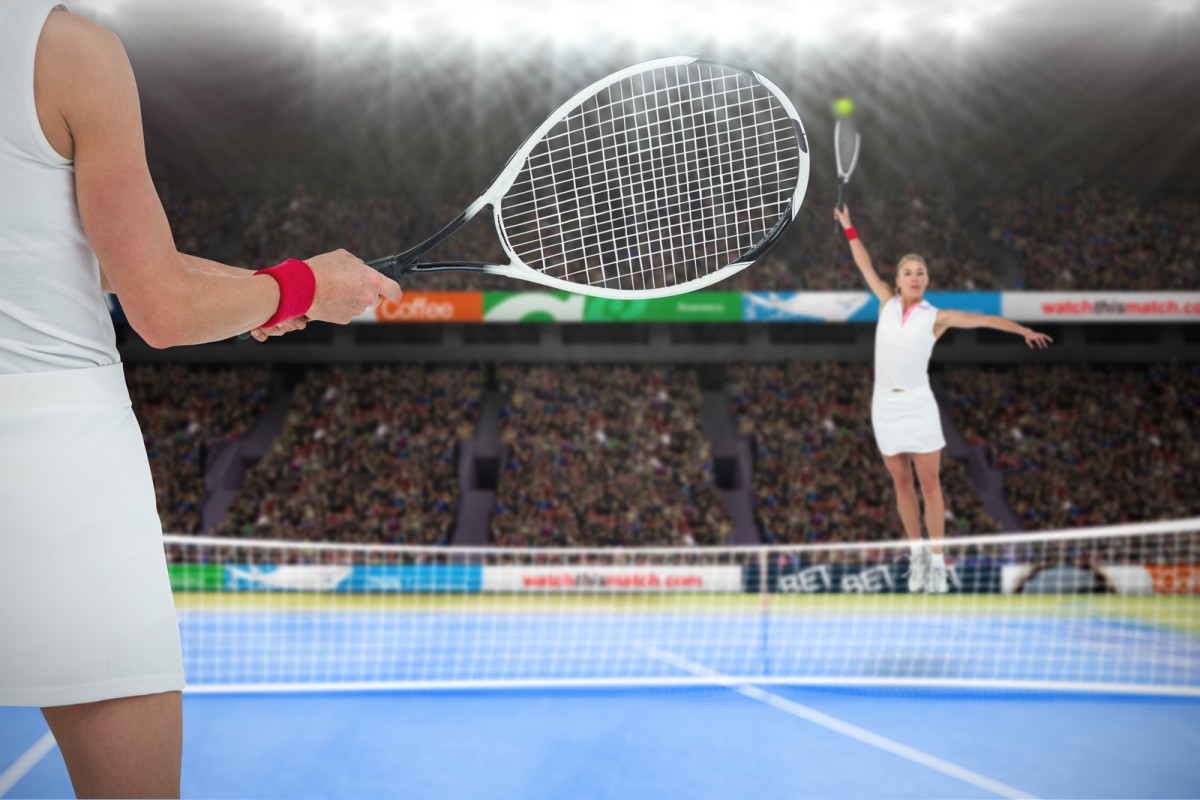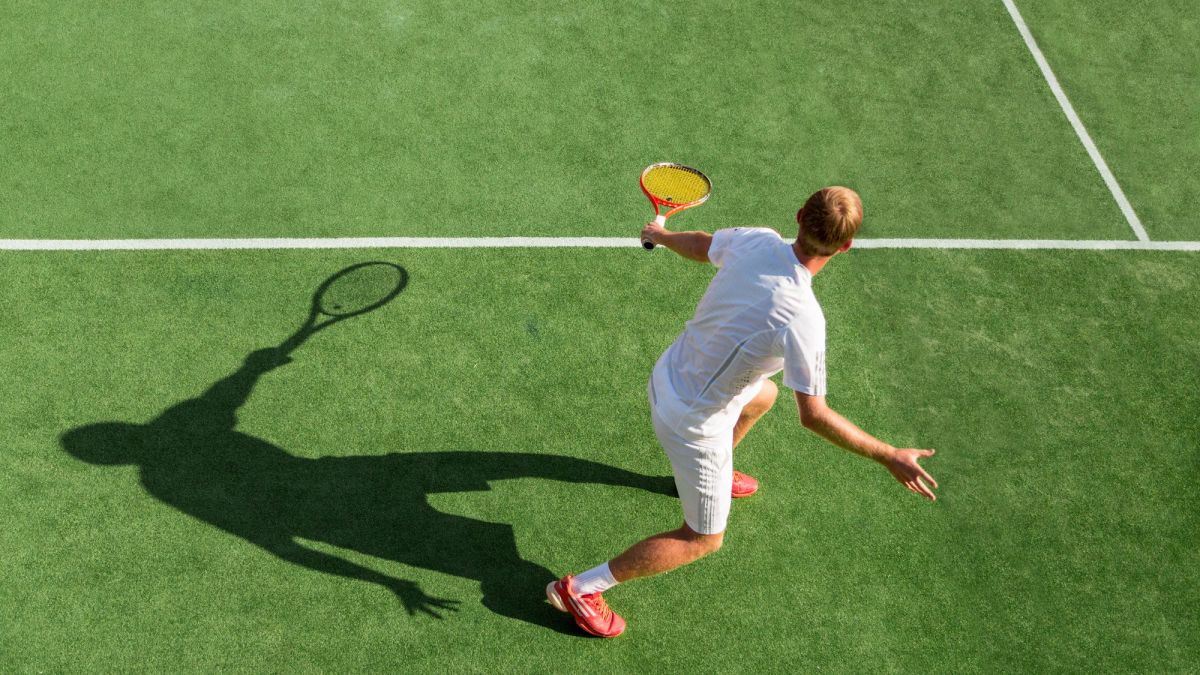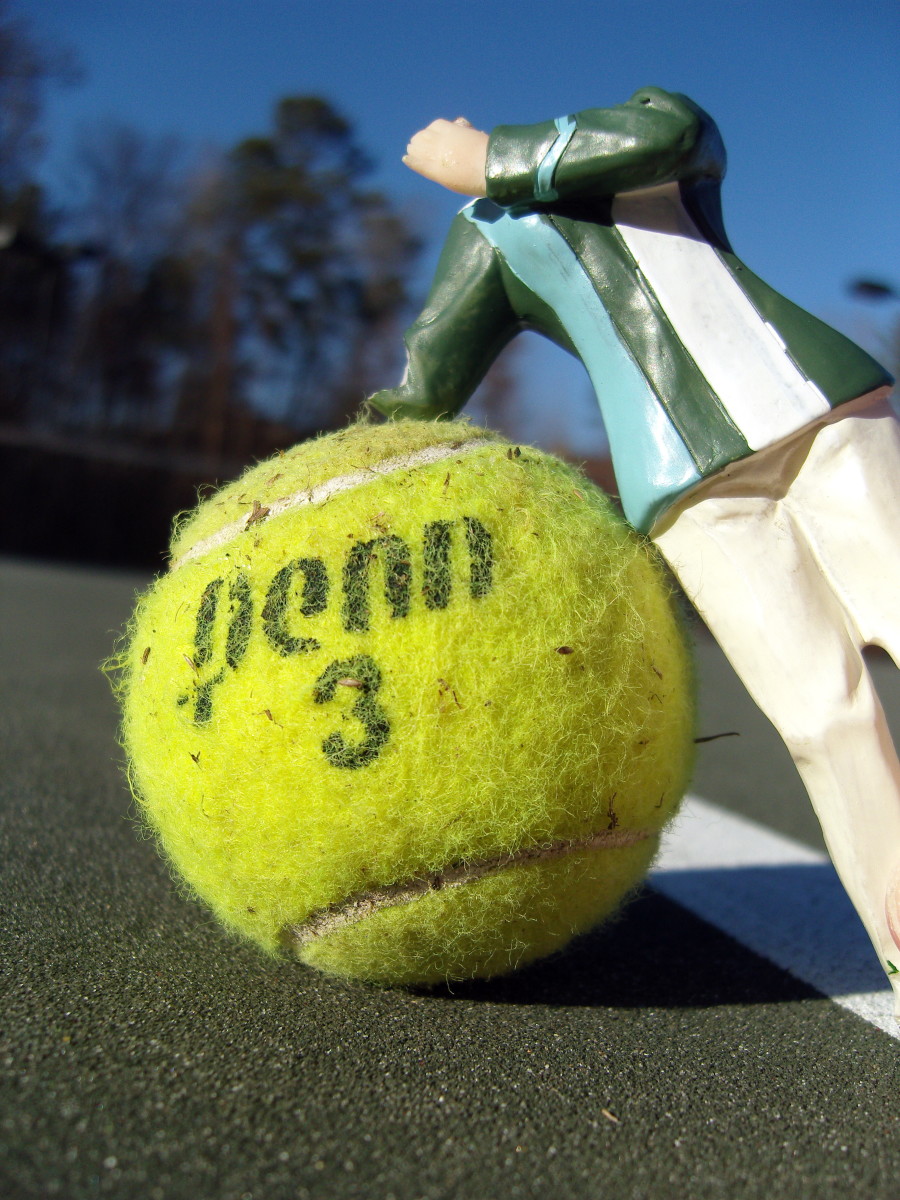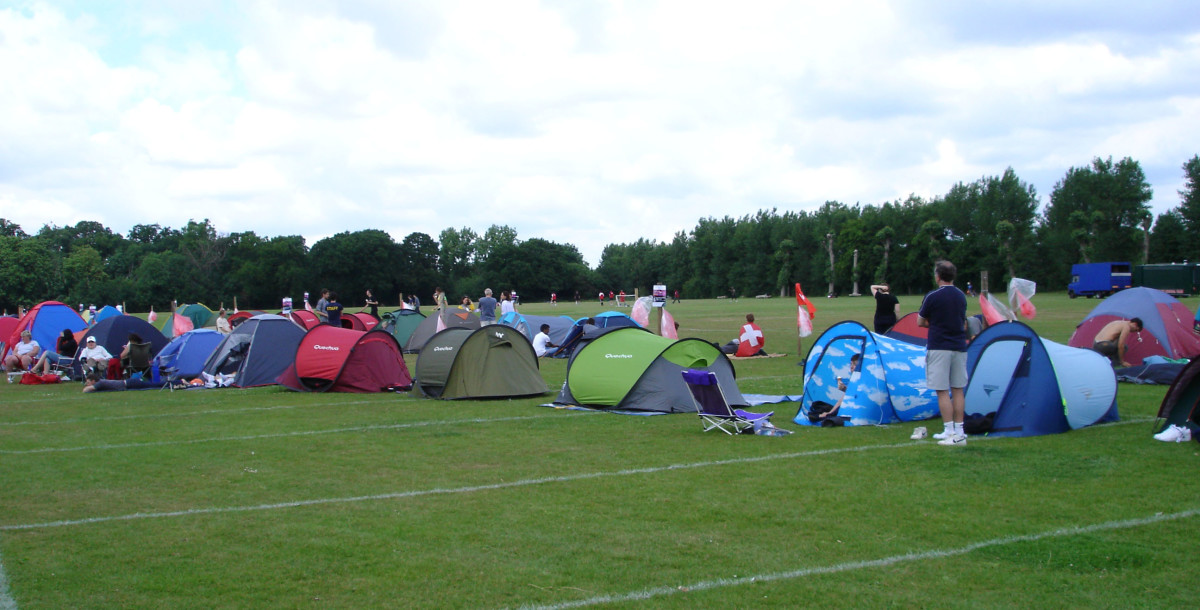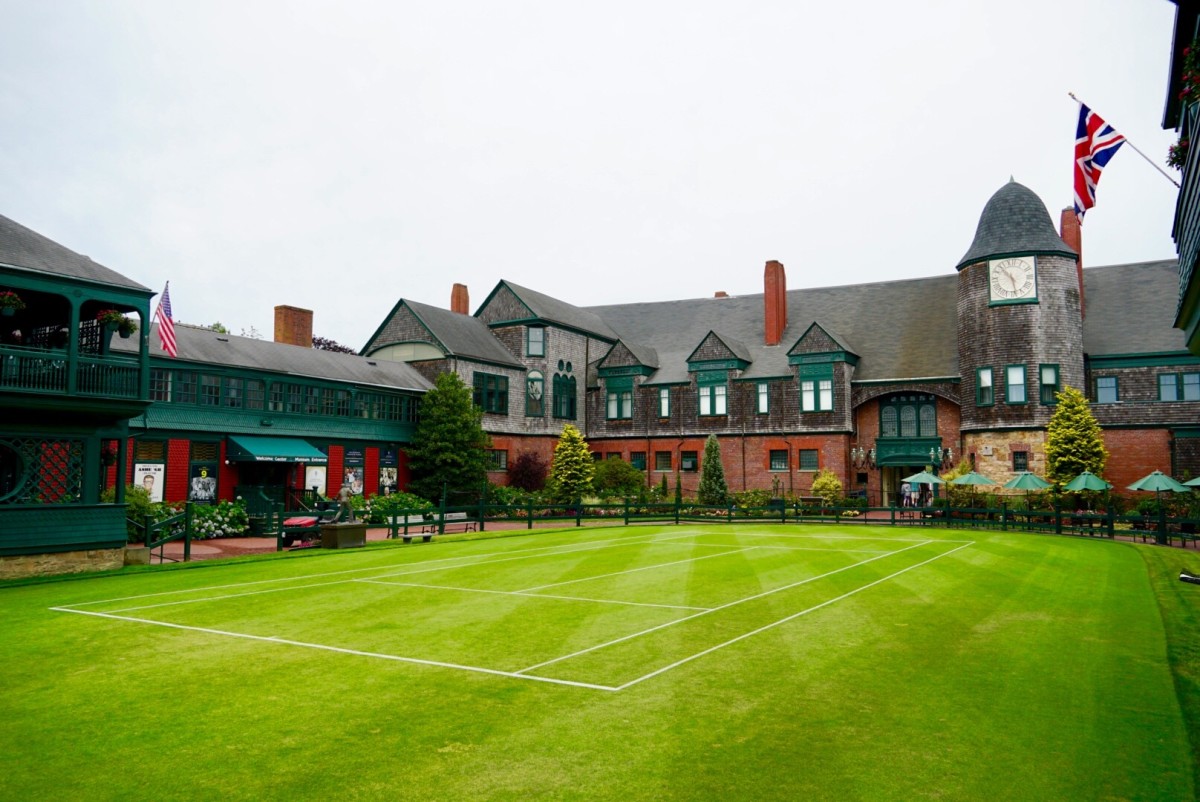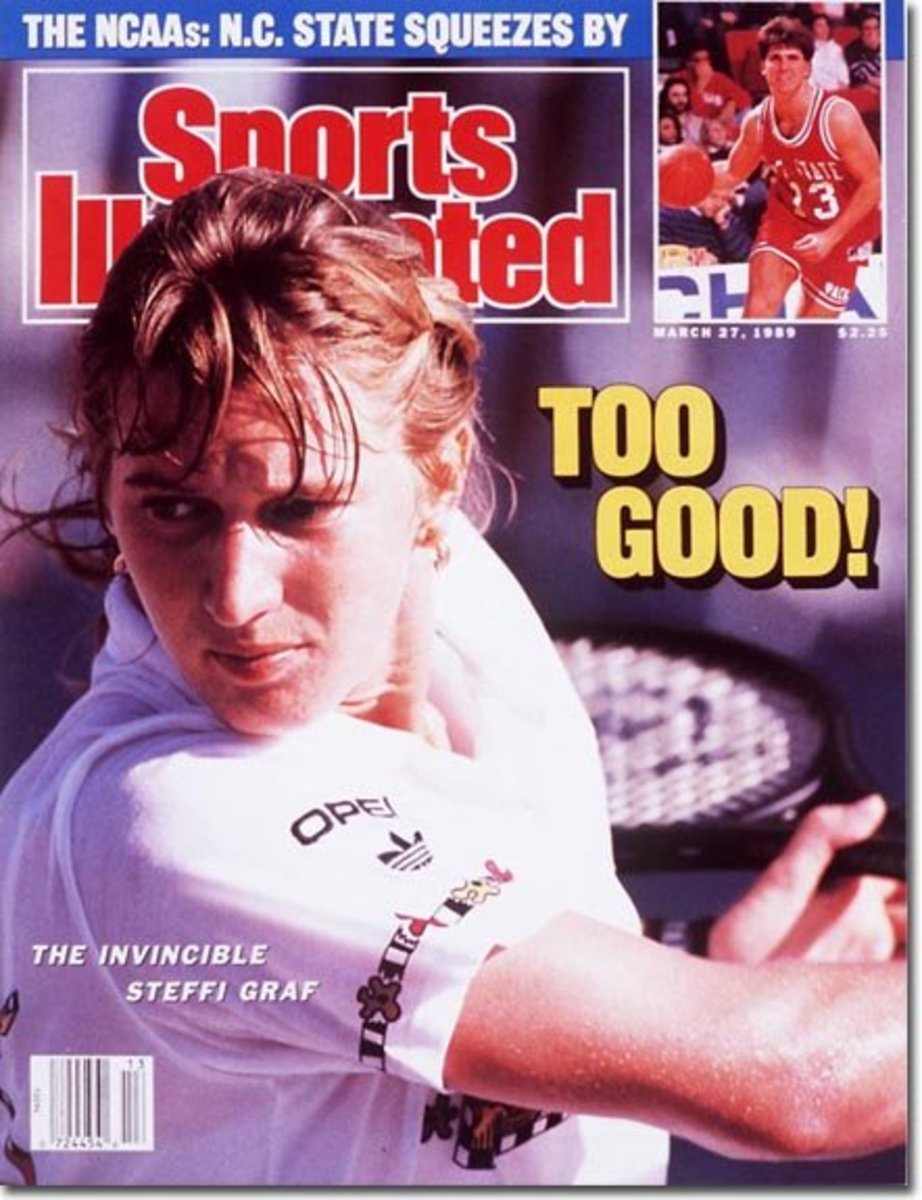Tennis Tips: How to Adjust Tennis Swing to Court Position
I love to play tennis. It's a great work out and a lot of fun. Sometimes it can be frustrating, though, when things aren't going well. Anyone who plays recreational or league tennis can have days when balls either fly long or land short into the net. Taking a group lesson or clinic every now and then can help to improve your game and make it more fun than frustrating.
A while back, I attended a group clinic that was, without a doubt, more helpful than any lesson I have ever taken. It was taught by USPTA Certified Teaching Professional Bill Graves at Peak Tennis in Coeur d'Alene, Idaho. The drill was called "Don't Be a Knucklehead" and it felt as though it was custom-made for someone like me. During the clinic, I realized that the lengh of backswing I take is often too long in relation to my position on the court. That, indeed, qualifies me as a "knucklehead".
Zone
| Description
| Swing length
|
|---|---|---|
1
| front 1/2 of service box
| very short
|
2
| back 1/2 of service box
| short
|
3
| front 1/2 of back court
| medium
|
4
| back 1/2 of back court
| medium long
|
5
| at or behind the service line
| longest
|
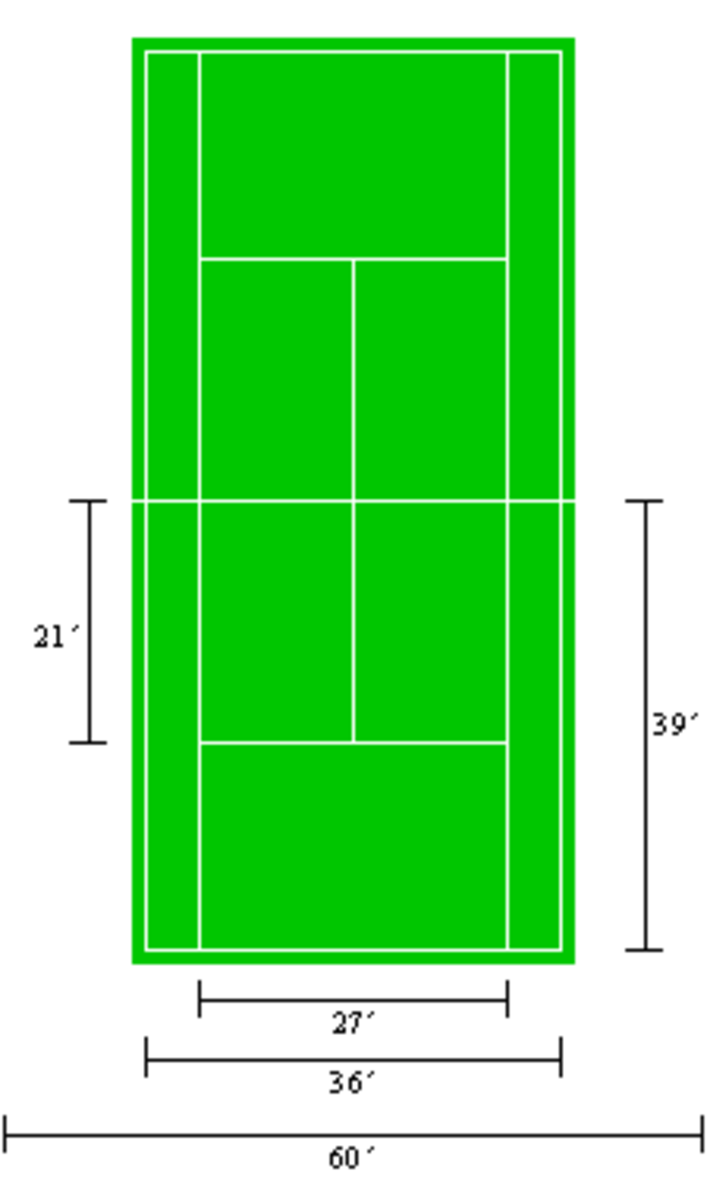
Don't be a knucklehead.
The basic premise of the Knucklehead Drill is that players should pay attention to where they are on the court and adjust their swing accordingly. A tennis court, from baseline to baseline is 78 feet long. The area in which you need to hit the ball is limited. If you are farther back, you have more ground to cover than if you are closer to the net. A longer swing and follow through will cause the ball to fly longer; a shorter swing and shorter follow through will shorten the ball flight.
In addition to over or under swinging at a ball, uneven swing and follow through can be problematic. If you take a long back swing and then stop your follow through short, the ball will most likely not hit the court. You also are at risk of injuring yourself. It's Newton's Third Law of physics: "For every action, there is an equal and opposite reaction." So, stopping the force generated by your backswing is preventing the release of that energy on your follow through and causing undue stress on your body.
Graves says that the components of a swing are the same in any sport in which you swing at something. "Any sport where you accelerate through a ball (or puck) needs the same components of a swing," Graves explains. "The back swing is for racket speed and the follow through is the extension of where the energy slows down." This makes sense to me. I often take a longer back swing and then stop short on the follow through. More often than not, I end up dumping the ball at the bottom of the net. That's most likely because I have stopped the energy of the ball short and made it fall short. In my mind, I think I'm being careful but, in reality, the poor technique is causing an unforced error.
The most common volley error I see in the level I play--3.5 to 4.0--is due to people over swinging at the ball. A volley in zone one should have a very short backswing with a very short follow through. A big backswing generally causes the ball to hit the back fence or curtain. That's certainly not where you want your volley to land.
Graves equates a tennis swing to that of a playground swing. If you pull a swing back a long way, it will naturally swing forward (follow through) the same distance you have pulled it back. Pull the swing back a short distance and it will only swing forward a short distance. That's what we worked on in the Knucklehead Drill. He fed us balls in each zone and helped us to get a feel for the correct swing. We worked on using an appropriate swing length and on using a follow through that is equal to our back swings. It was simple but very helpful. It was fun because we were actually learning something useful.
Putting the information to good use.
The next time you find yourself in the front half of the back court and ready to take a full swing at the ball, stop and think. Should you take a full swing or should you shorten it since you will have less room in which to land the ball? Go ahead, shorten that swing and make sure to have a balanced and even follow through and see if it improves your game. I know that when I remember to follow the lesson learned from the Knucklehead Drill, my balls tend to find the court more often.
If you find yourself in the Coeur d'Alene, Idaho or Spokane, Washington area, contact Bill Graves for a lesson. You can reach him at 208-667-2582 or send him an email at PEAKtennispro@gmail.com.
©Denise Mai, August 1, 2012, all rights reserved.
Follow me on Twitter! @denise_mai


